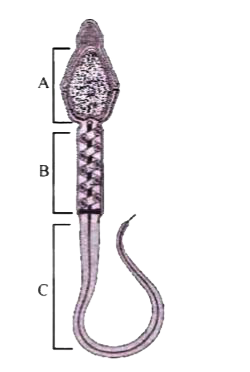The given figures show two types of epithelial tissue (P and Q).

Select the correct option regarding these figures.
A
P and Q are simple squamous epithelial tissue and stratified squamous epithelium respectively.
B
The cells in epithelium Q are arranged in many layers to prevent wear and tear.
C
Epithelium P lines blood vessels and lung alveoli where exchange of substances occurs.
D
Epithelium Q lines kidney tubules and ducts of salivary glands where it provides mechanical support.
Video Solution
Text Solution
The correct Answer is:C
The figures P and Q show simple squamous epithelium and columnar epithelium respectively. Epithelium P are arranged in many layers in skin to prevent wear and tear. It is present in the alveoli of lungs, blood vessels, heart, etc. The columnar epithelium may possess cilia (hair-like) projections which help to push substances forward. Epithelium Q lines intestine, respiratory tract, Fallopian tubes, etc.
|
Topper's Solved these Questions
Similar Questions
Knowledge Check
Select the correct option regarding the given figure
 AD is eosinophil which is found more in asthama patientsBB is lymphocyte which helps in blood clottingCC is neutrophil which is phagocytic in natureDA is monocyte which release histamine, serotonin and heparin
AD is eosinophil which is found more in asthama patientsBB is lymphocyte which helps in blood clottingCC is neutrophil which is phagocytic in natureDA is monocyte which release histamine, serotonin and heparinSelect the incorrect option regarding the given figure
 AD is parietal lobe which registers sensory perceptionsBA is occipital lobe which decodes and interprets visual informationCB is temporal lobe which is associated with memory and emotionDC is cerebellum which controls muscular activities
AD is parietal lobe which registers sensory perceptionsBA is occipital lobe which decodes and interprets visual informationCB is temporal lobe which is associated with memory and emotionDC is cerebellum which controls muscular activitiesSelect an incorrect option regarding the given figure
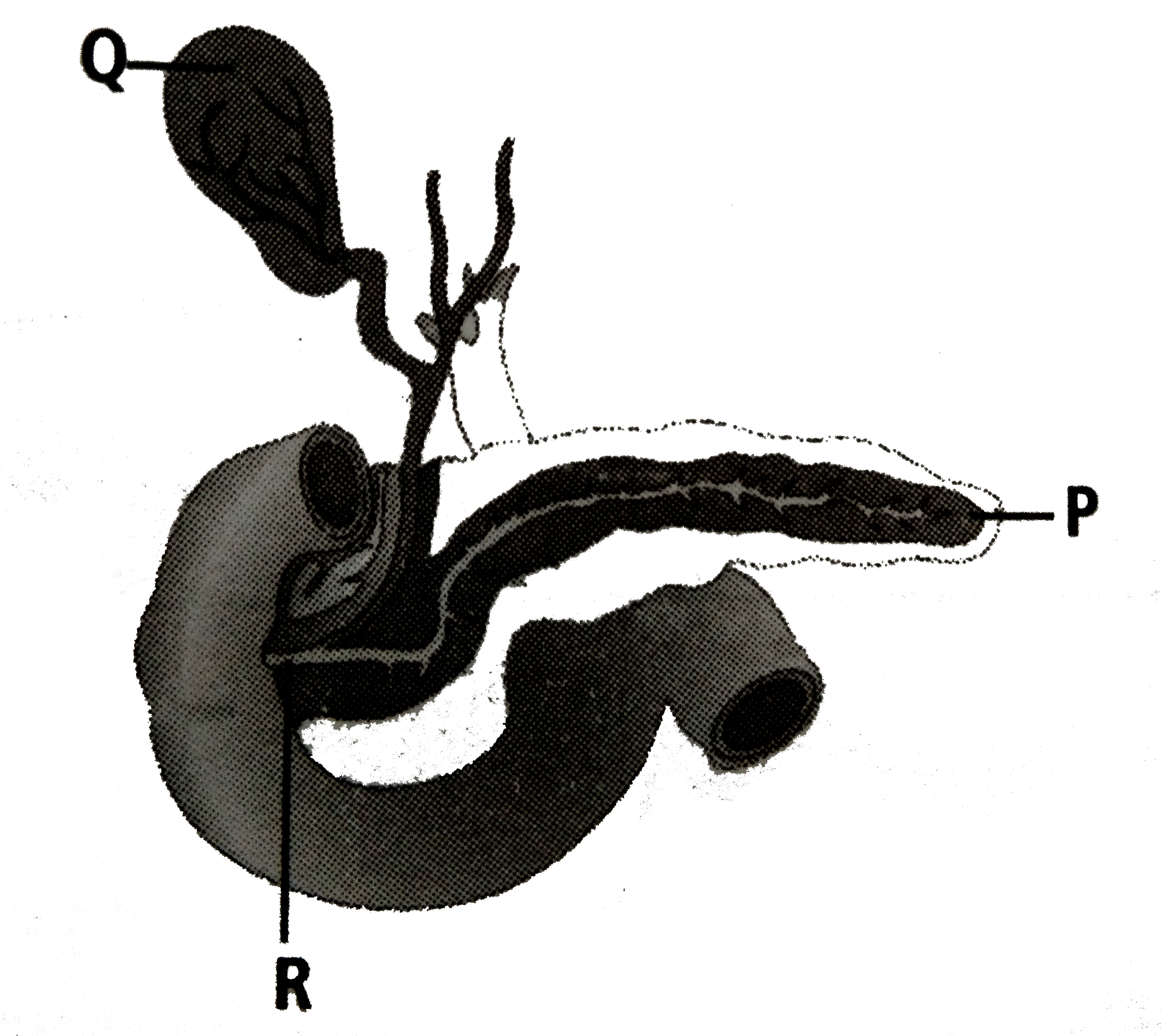 AP is a compound gland with exocrine and endocrine sectionsBR is formed from duct of gall bladder along with the hepatic ductCR is guarded by a sphincter of OdiiDQ stores bile which is actually produced in liver
AP is a compound gland with exocrine and endocrine sectionsBR is formed from duct of gall bladder along with the hepatic ductCR is guarded by a sphincter of OdiiDQ stores bile which is actually produced in liver
Choose the correct option regarding the given figure

View SolutionRefer to the given figure and select the correct option regarding this.

View SolutionRefer to the given figure and select the correct option regarding it.
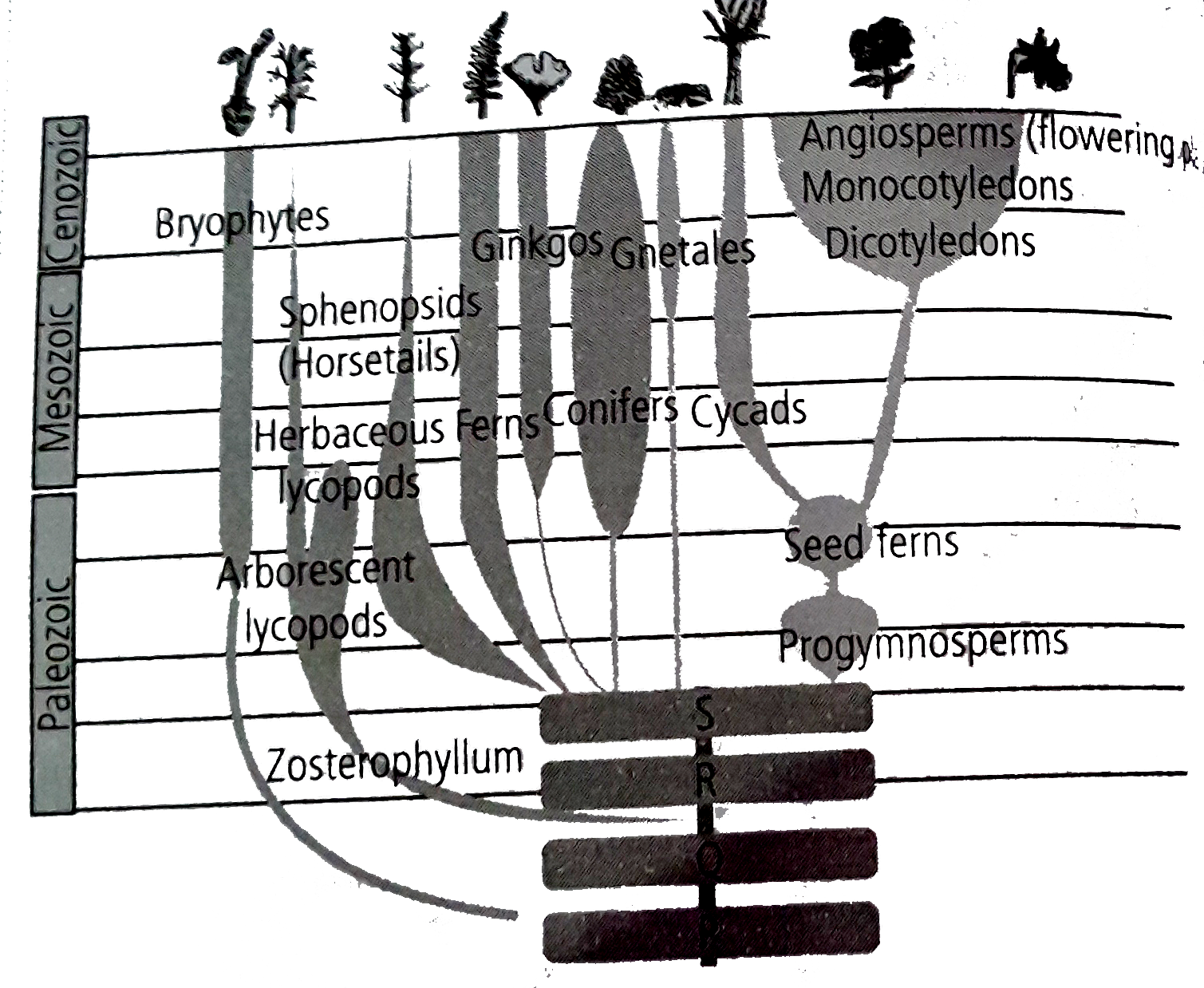
View SolutionRefer to the given figure showing section of a plant tissue and select the correct statement regarding it.
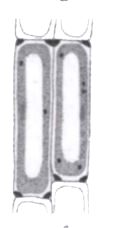
View Solution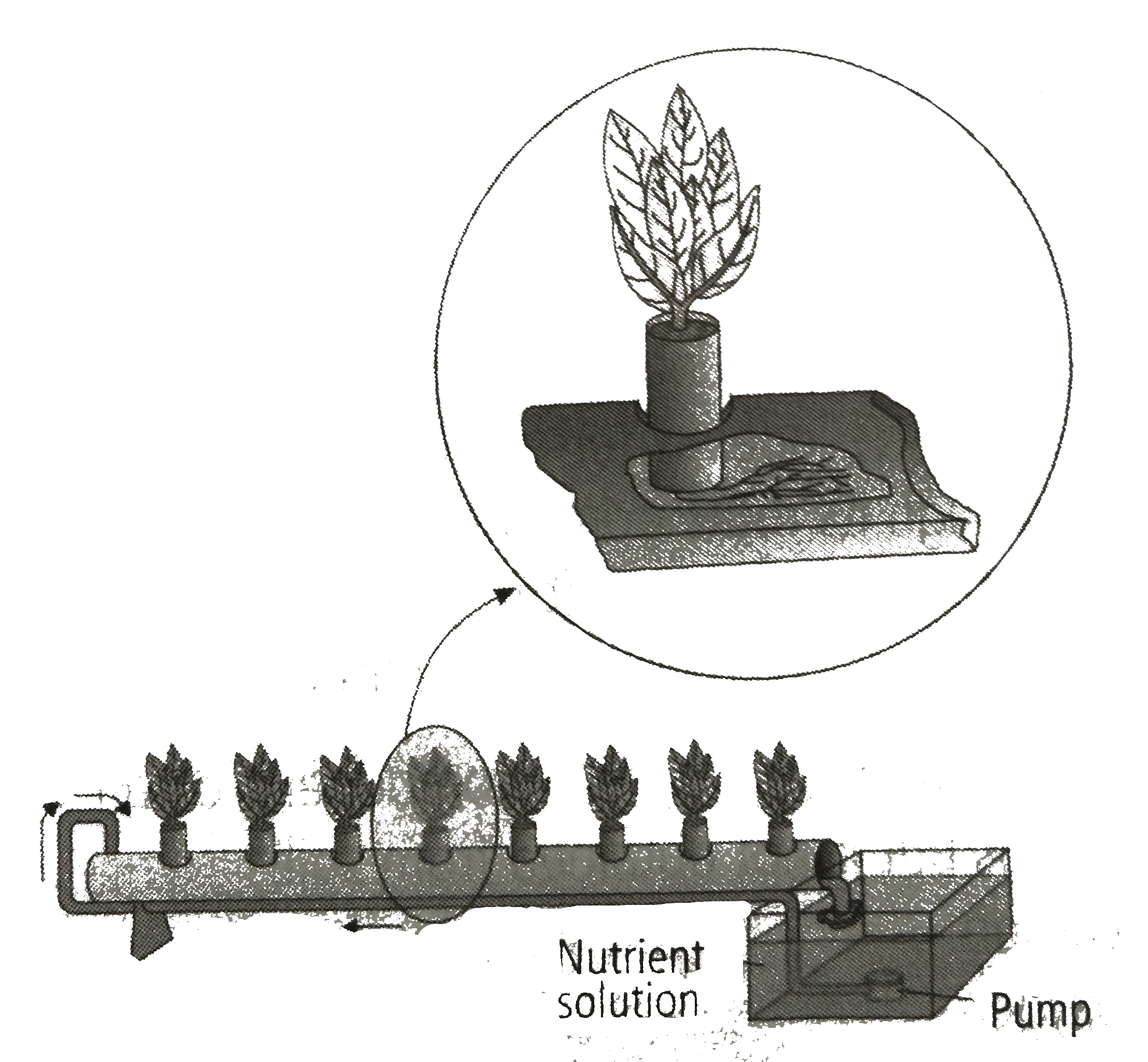
Refer to the given figure and select the incorrect option regarding it
View Solution


